Embark on a journey through time with Spanish shipwreck pirate coins from the 17th century, handcrafted in bronze through the ancient technique of hand hammering, measuring 23mm in diameter. These coins, recovered from the wreckage of long-lost ships, bear witness to the tumultuous history of piracy on the high seas. Each coin is a tangible link to the past, a relic of a time when fortune and peril awaited those who dared to sail the oceans. Presented in a commemorative case, each coin comes with a description card, inviting you to delve into the legends of the sea. This detailed Spanish bronze cob has a well defined castle on the front.
Copper Coins:
Copper coins were commonly used for small transactions and were issued in various denominations. In Spain, the copper maravedí was a widely circulated currency during the late 16th and early 17th centuries. It was first minted in the 11th century and continued to be produced well into the 17th century. Maravedí coins varied widely in size and weight depending on the issuing authority and the time period.
These copper coins were often crudely minted compared to their silver counterparts, with irregular shapes and simple designs. The obverse typically featured the ruling monarch’s bust or a coat of arms, while the reverse might display the denomination or other symbols significant to the issuing authority.
Despite their low value, copper coins played an essential role in everyday transactions, particularly in rural areas and among lower-income populations. They were also commonly used in overseas trade, where smaller denominations were preferred for purchasing goods and services.
Bronze Coins:
Bronze coins were less common than copper or silver coins but still played a role in the Spanish monetary system during the late 1500s and early 1600s. Bronze coins were typically of higher value than copper coins and were used for larger transactions.
One notable bronze coin of the period was the “cincuentín,” which translates to “fifty” in Spanish. As the name suggests, the cincuentín was worth fifty maravedíes, making it a relatively high-denomination coin. These coins were minted in various regions of Spain and featured the bust of the ruling monarch on the obverse, often accompanied by inscriptions denoting the denomination and issuing authority.
Bronze coins were more durable than copper coins, which made them suitable for circulation in both domestic and international trade. However, they were still susceptible to wear and corrosion over time, especially in humid or maritime environments.
Silver Coins:
Silver coins were the backbone of the Spanish monetary system during the late 16th and early 17th centuries. Spain was one of the largest producers of silver in the world at the time, thanks to its vast colonial territories in the Americas, particularly in present-day Mexico and Peru.
The most famous Spanish silver coin of this era was the “piece of eight,” also known as the Spanish dollar or peso de ocho. This coin was first minted in the late 15th century and became the standard currency for international trade due to its consistent silver content and widespread acceptance.
The piece of eight was a large, silver coin weighing approximately 27 grams and containing approximately 92% pure silver. It was divisible into eight smaller units, each known as a “real.” The obverse typically featured the Spanish coat of arms, while the reverse depicted the Pillars of Hercules with the Latin motto “Plus Ultra,” symbolizing Spain’s maritime expansion beyond the known world.
These coins were highly sought after by pirates and privateers operating in the Caribbean and Atlantic Ocean. Spanish galleons carrying treasure from the New World were frequent targets of piracy, and the capture of a single treasure ship could yield millions of pieces of eight in plunder.
In addition to the piece of eight, Spain also minted various other silver coins, including the “reales” of different denominations, ranging from one real to eight reales. These coins were used primarily for domestic transactions within Spain and its colonies but were also accepted in international trade due to their silver content and reputation for quality.
Pirates:
During the late 16th and early 17th centuries, Spanish ships laden with treasure from the New World were lucrative targets for various groups of pirates and privateers operating in the Caribbean and Atlantic Ocean. These daring individuals hailed from diverse backgrounds and motivations, united in their pursuit of wealth and adventure. Here are some of the key groups who would have been pirating Spanish ships for their doubloons during this period:
1. English Privateers:
English privateers, licensed by the English crown, were authorized to attack and seize enemy vessels during times of war. However, many privateers operated beyond the scope of their official commissions, engaging in piracy against Spanish ships even during periods of peace. Figures such as Sir Francis Drake and Sir Henry Morgan became legendary for their daring raids on Spanish treasure fleets, amassing considerable fortunes in the process. These privateers were motivated by a combination of patriotism, greed, and the desire for adventure.
2. French Buccaneers:
French buccaneers were primarily based in the Caribbean, where they established semi-permanent settlements on islands such as Tortuga and Hispaniola. Originally hunters of wild cattle (known as “boucan”), these men turned to piracy as a means of survival and profit. French buccaneers frequently targeted Spanish ships transporting treasure from the Americas, launching swift and audacious attacks from their small, agile vessels. Their ranks included notorious figures like Jean-David Nau, known as “François l’Olonnais,” who terrorized Spanish shipping lanes with his ruthless tactics.
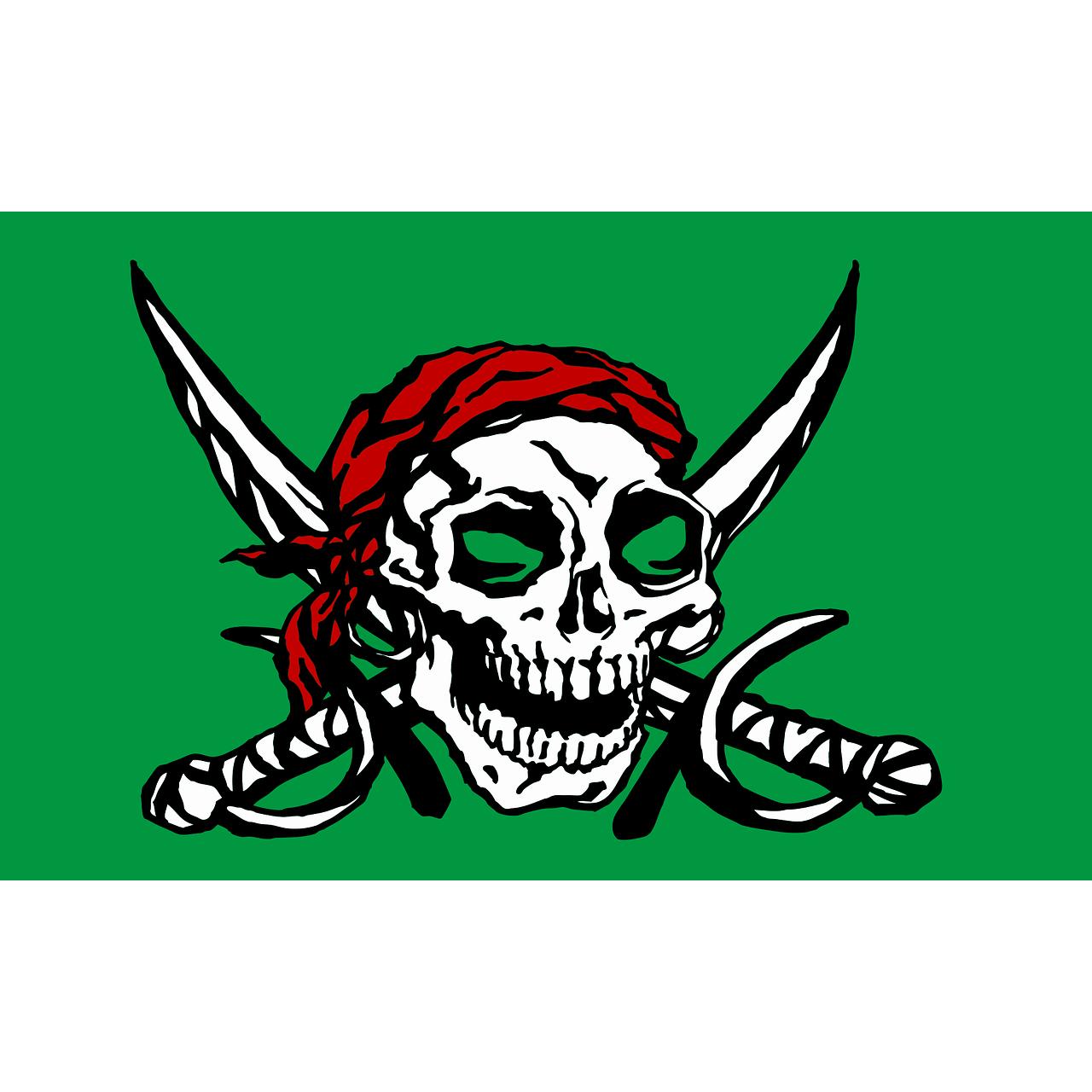
3. Dutch Corsairs:
Dutch corsairs, sanctioned by the Dutch Republic, were active participants in the struggle for dominance in the Caribbean and Atlantic trade routes. Operating from bases in the Netherlands and its overseas territories, Dutch corsairs waged a relentless campaign against Spanish shipping, seeking to weaken Spain’s grip on its colonial possessions. One of the most famous Dutch corsairs was Piet Pieterszoon Hein, who captured the entire Spanish treasure fleet in a daring raid off the coast of Cuba in 1628, securing a vast fortune for the Dutch Republic.
4. Pirate Brotherhood:
The Pirate Brotherhood, also known as the Brethren of the Coast, was a loose confederation of pirates and privateers who operated in the Caribbean during the late 17th century. Comprising individuals from various nationalities, including English, French, Dutch, and Spanish, the Brotherhood established a network of pirate havens and hideouts throughout the region. These pirates preyed upon Spanish shipping with impunity, forming alliances with local indigenous tribes and establishing their own codes of conduct and governance.
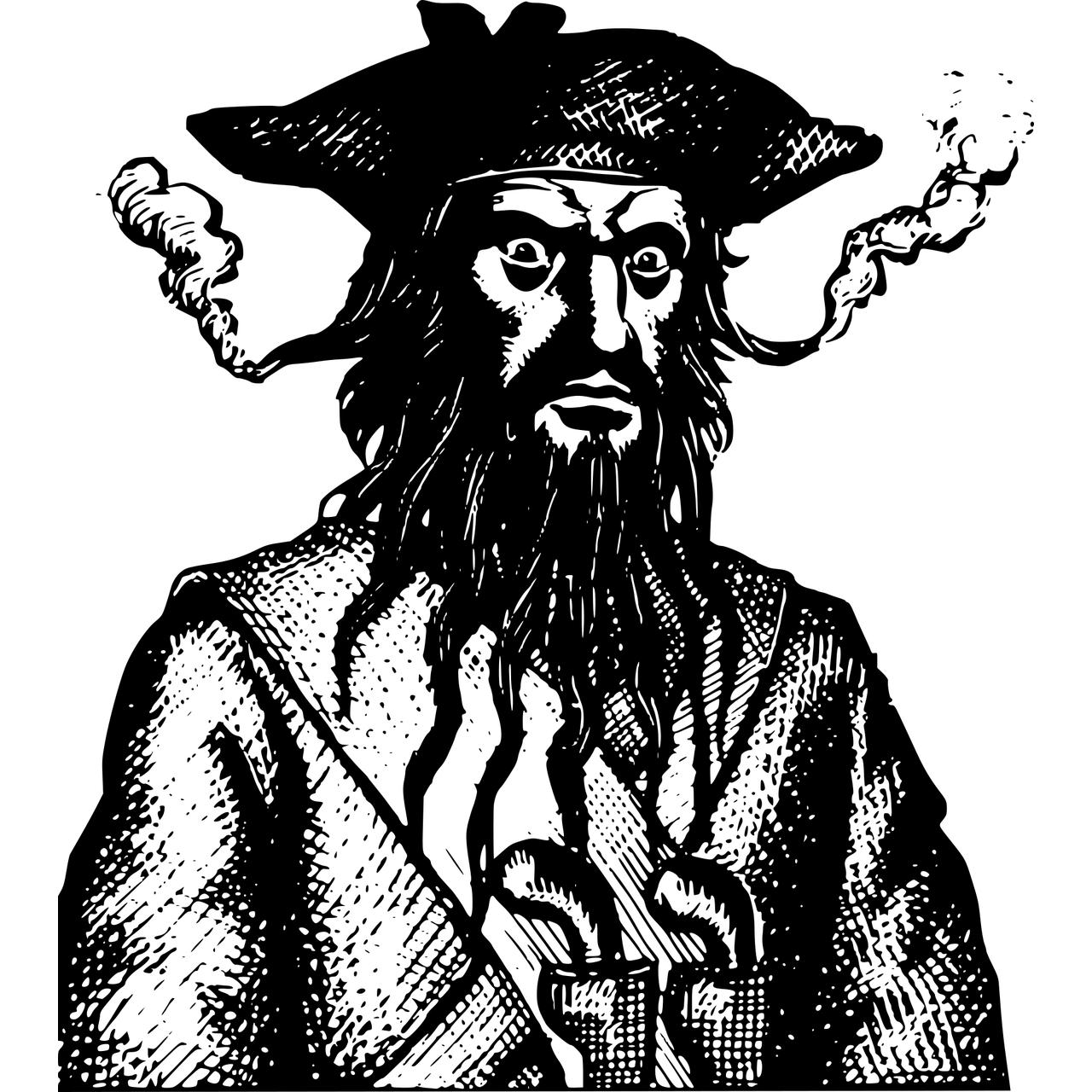
5. Spanish Renegades:
Not all who sought to plunder Spanish treasure were foreigners. Some Spanish renegades, disillusioned with their homeland or driven by personal grievances, turned to piracy as a means of revenge or escape. These renegades often operated independently or in collaboration with foreign pirates, leveraging their knowledge of Spanish customs and navigation to ambush their former compatriots. While regarded as traitors by Spain, these renegades found camaraderie and opportunity among their fellow pirates.
Prehistoric 101 (Learn about fossils, minerals, and meteorites)

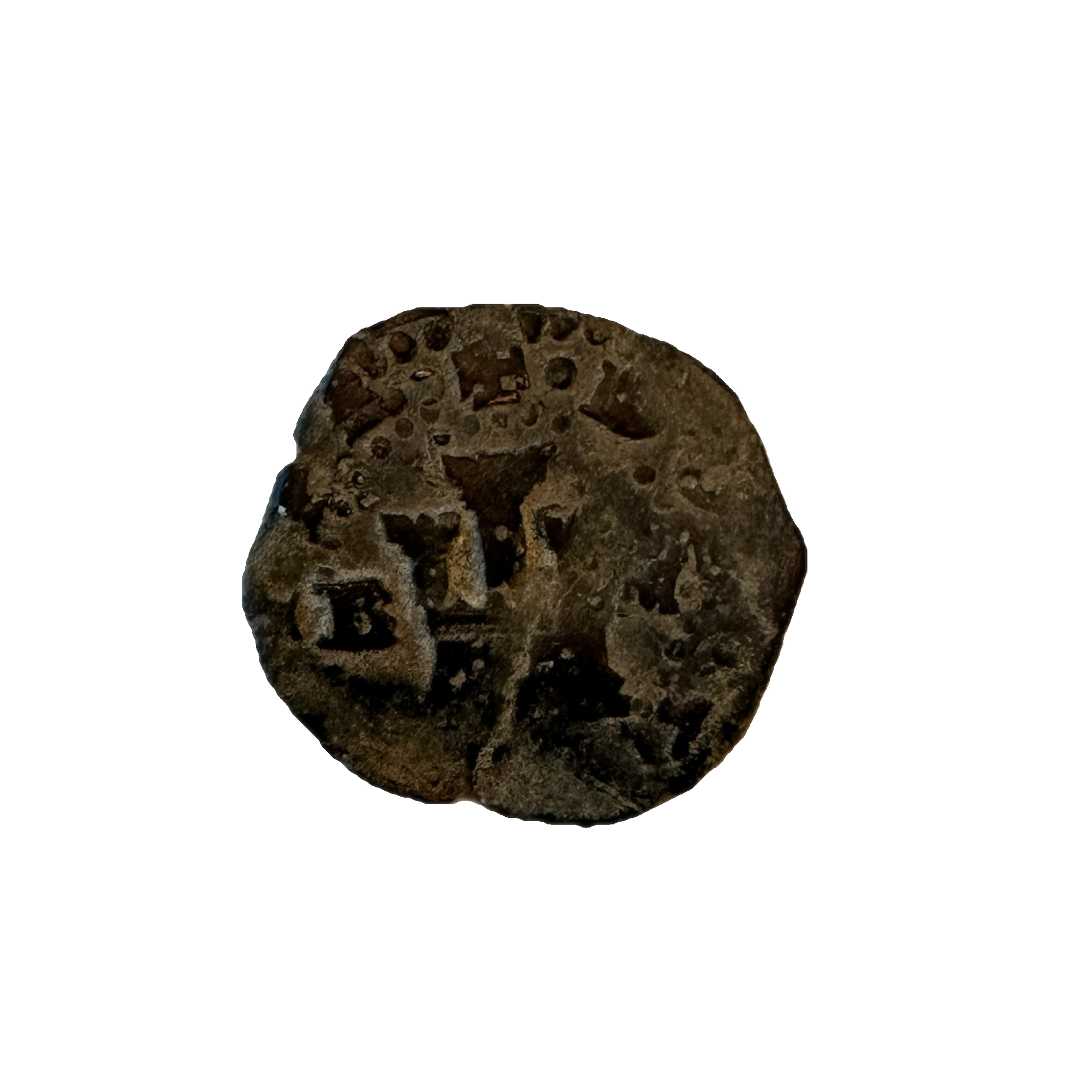
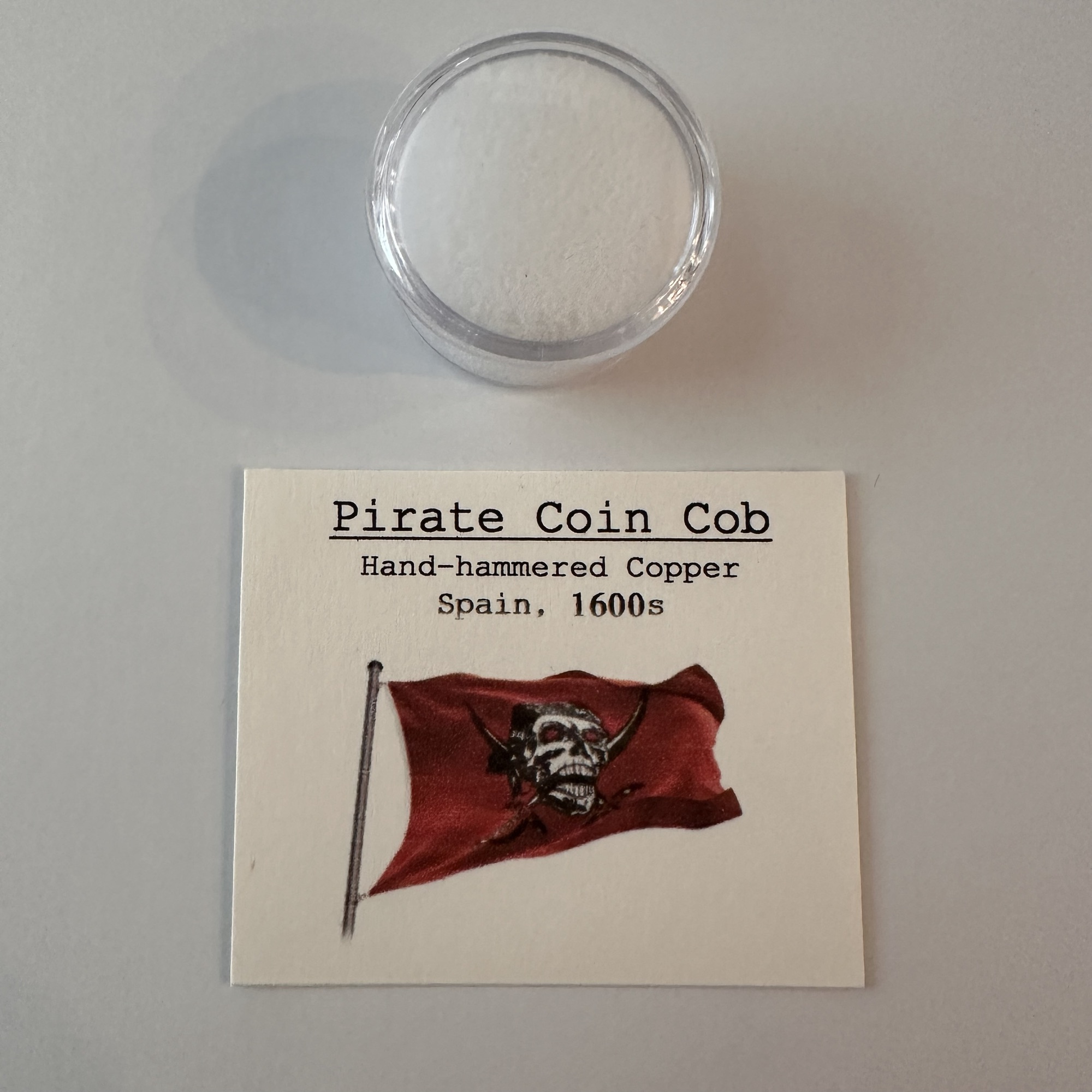
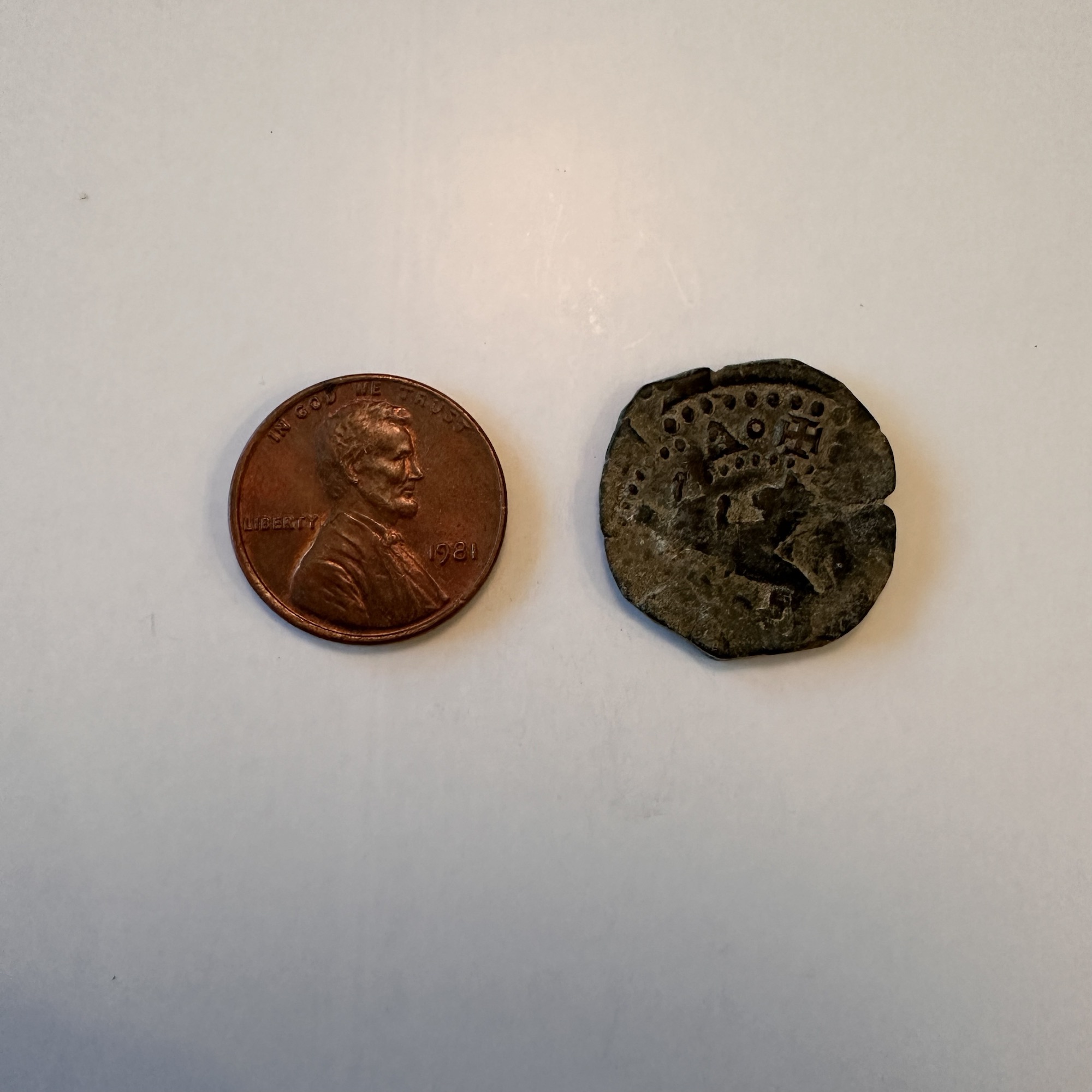
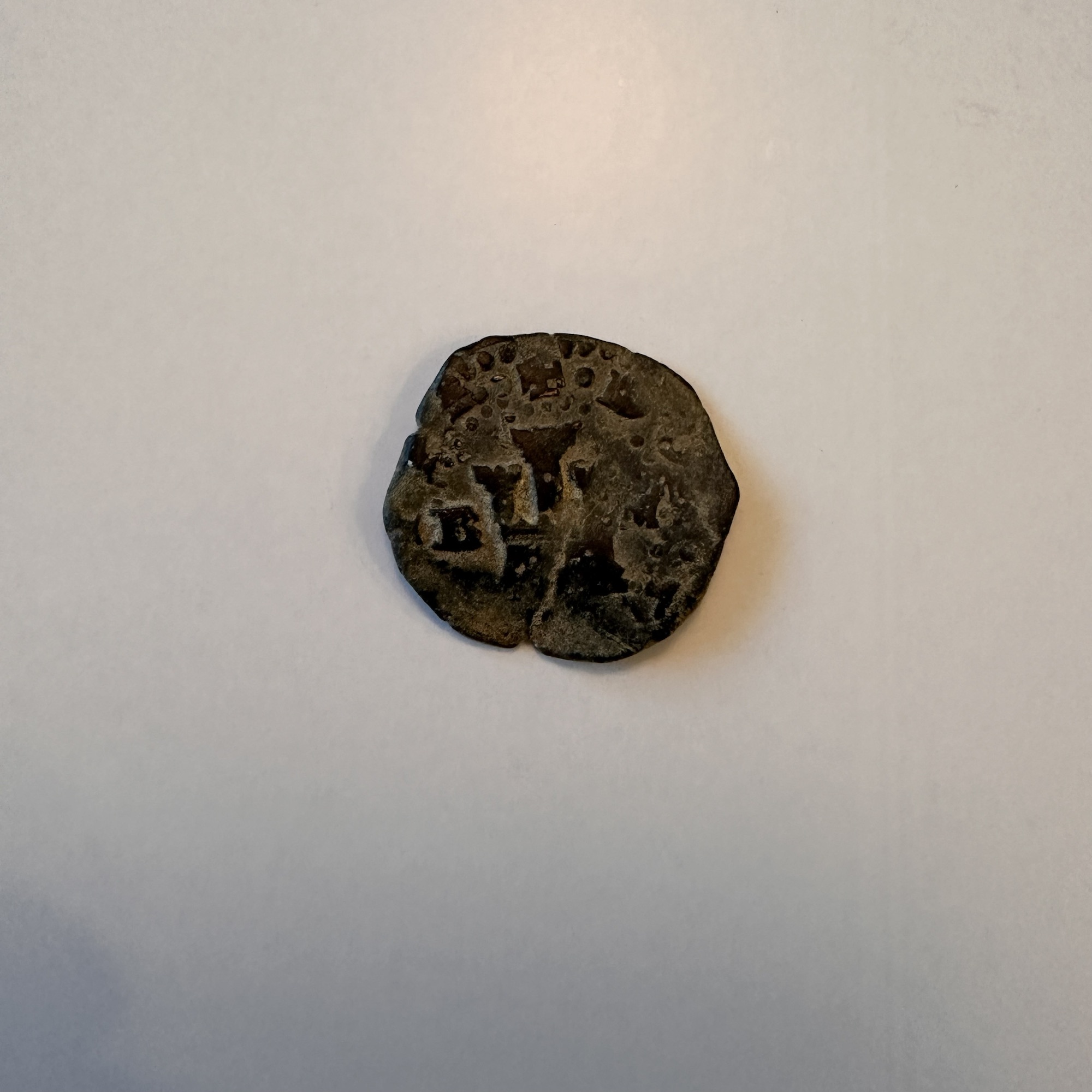
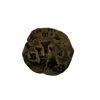
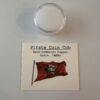
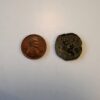
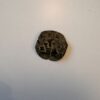
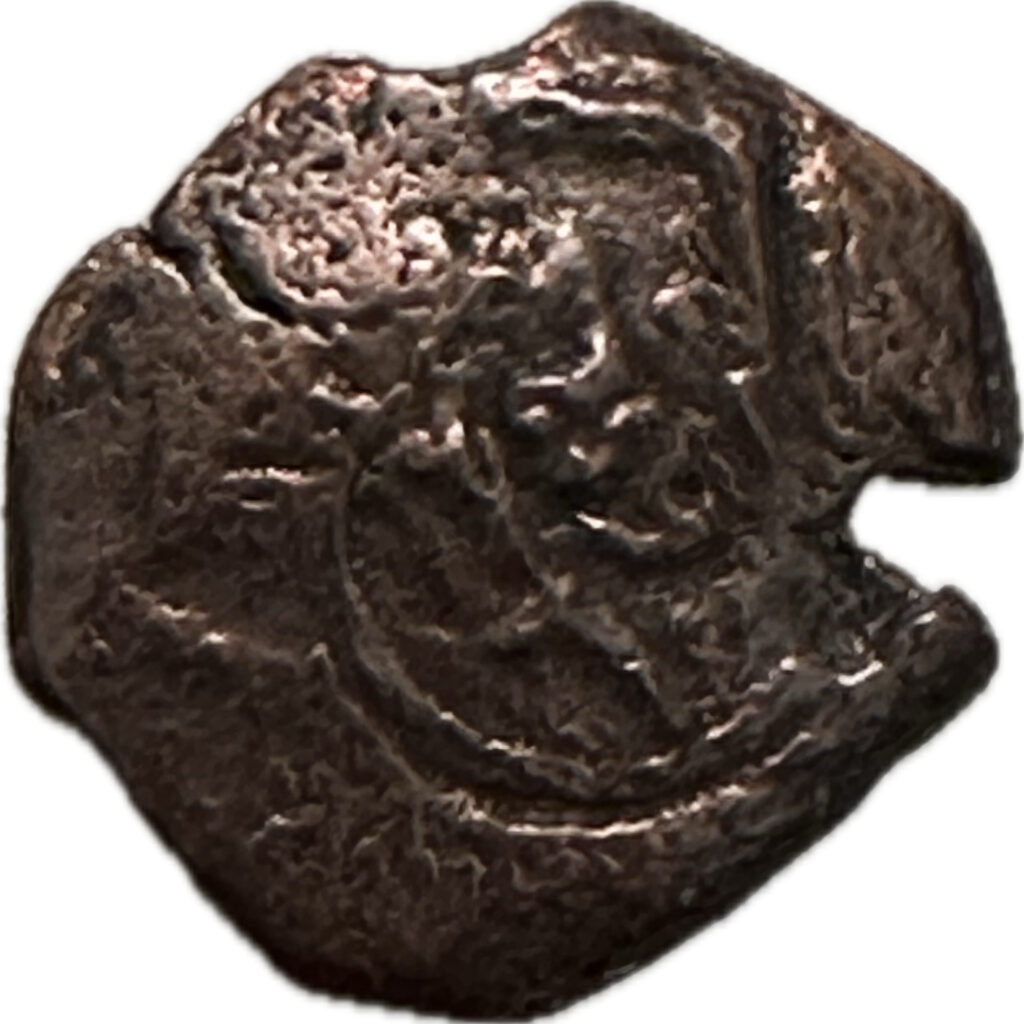
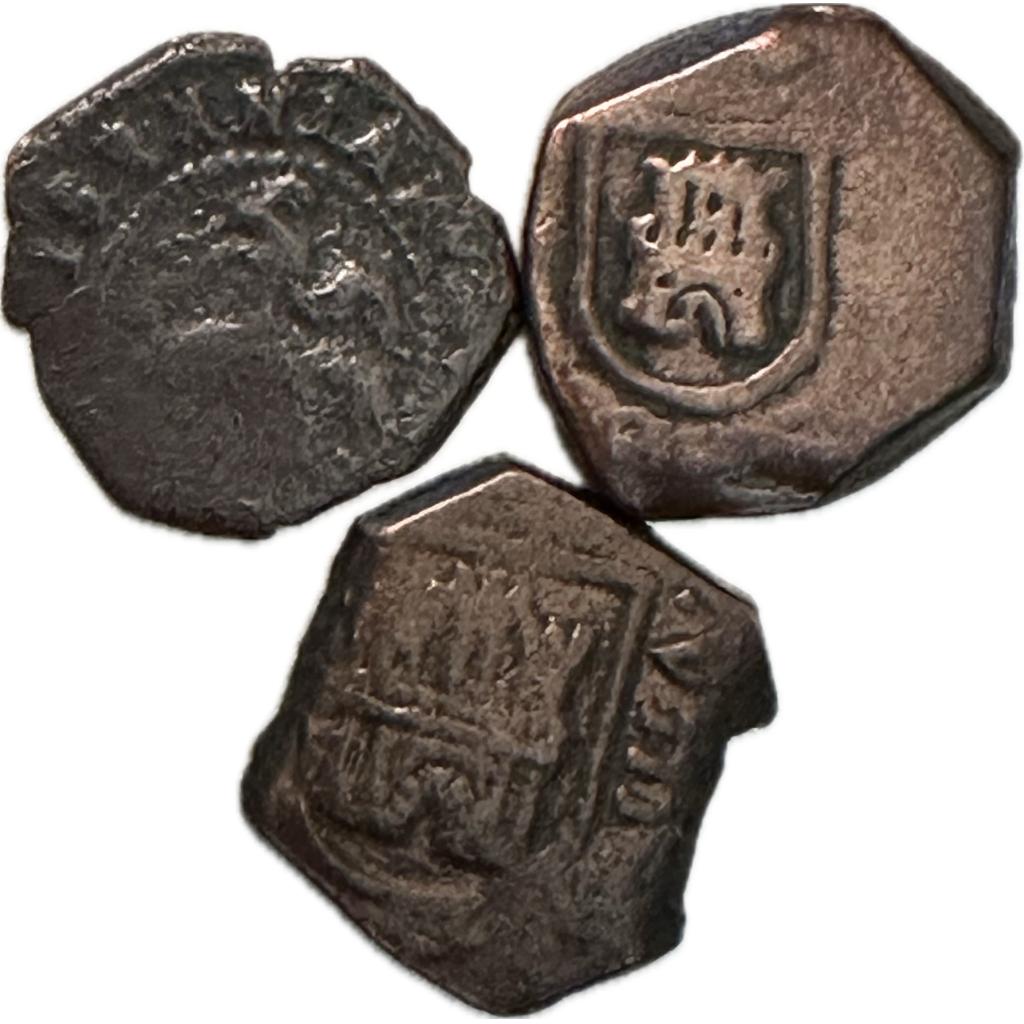
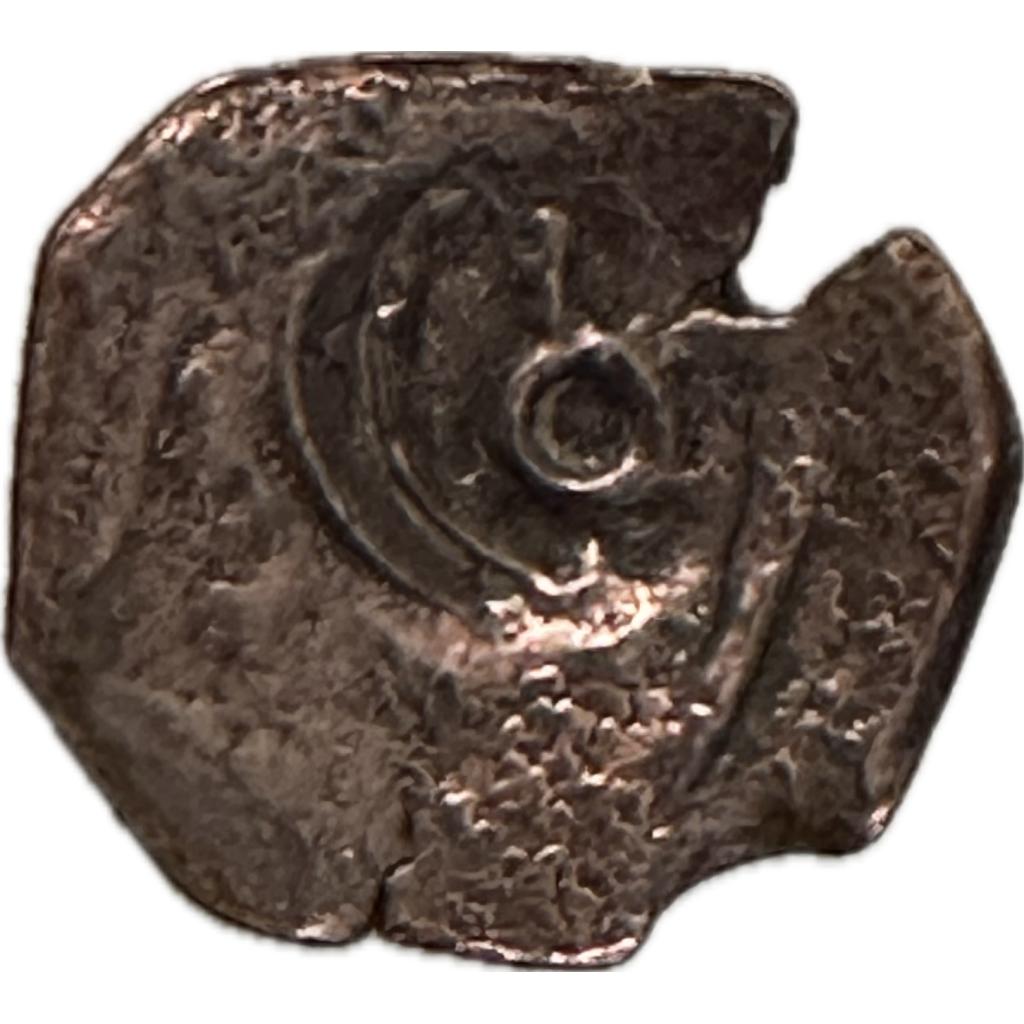
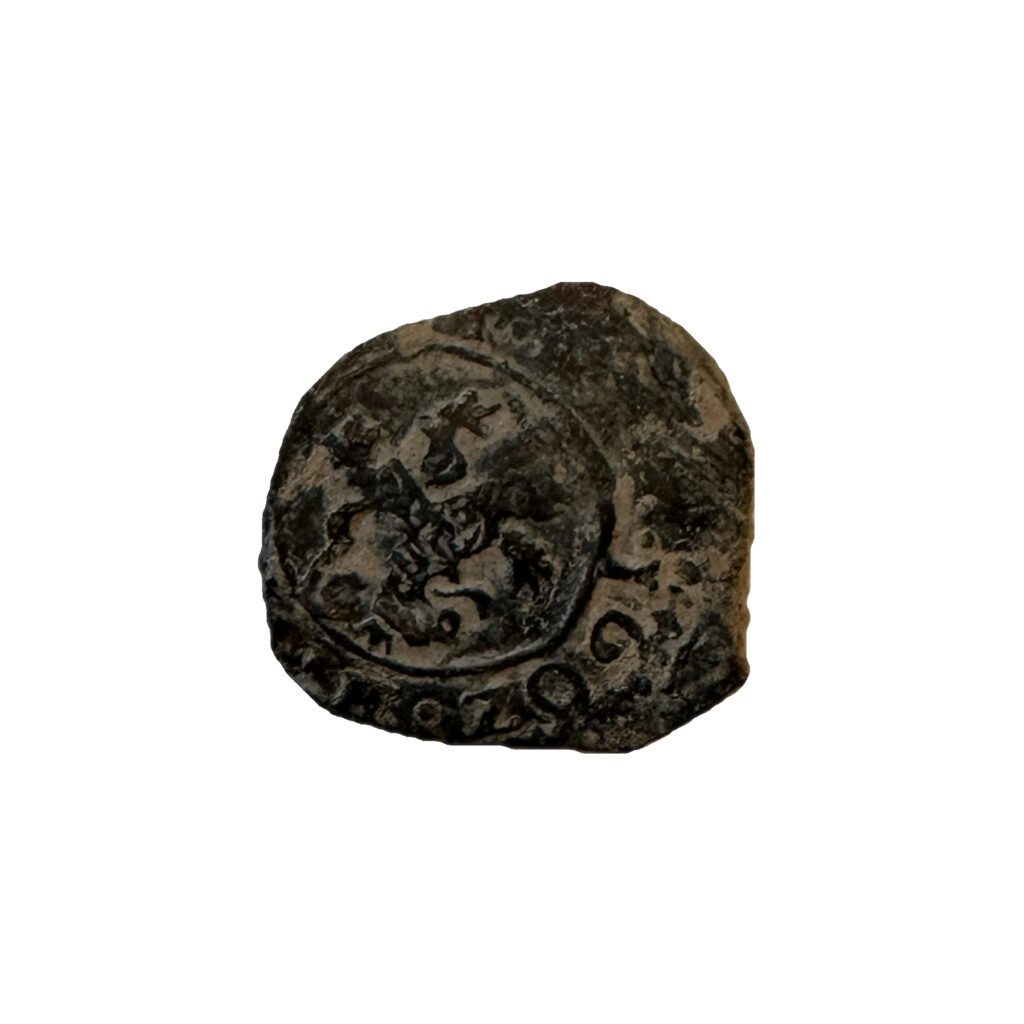
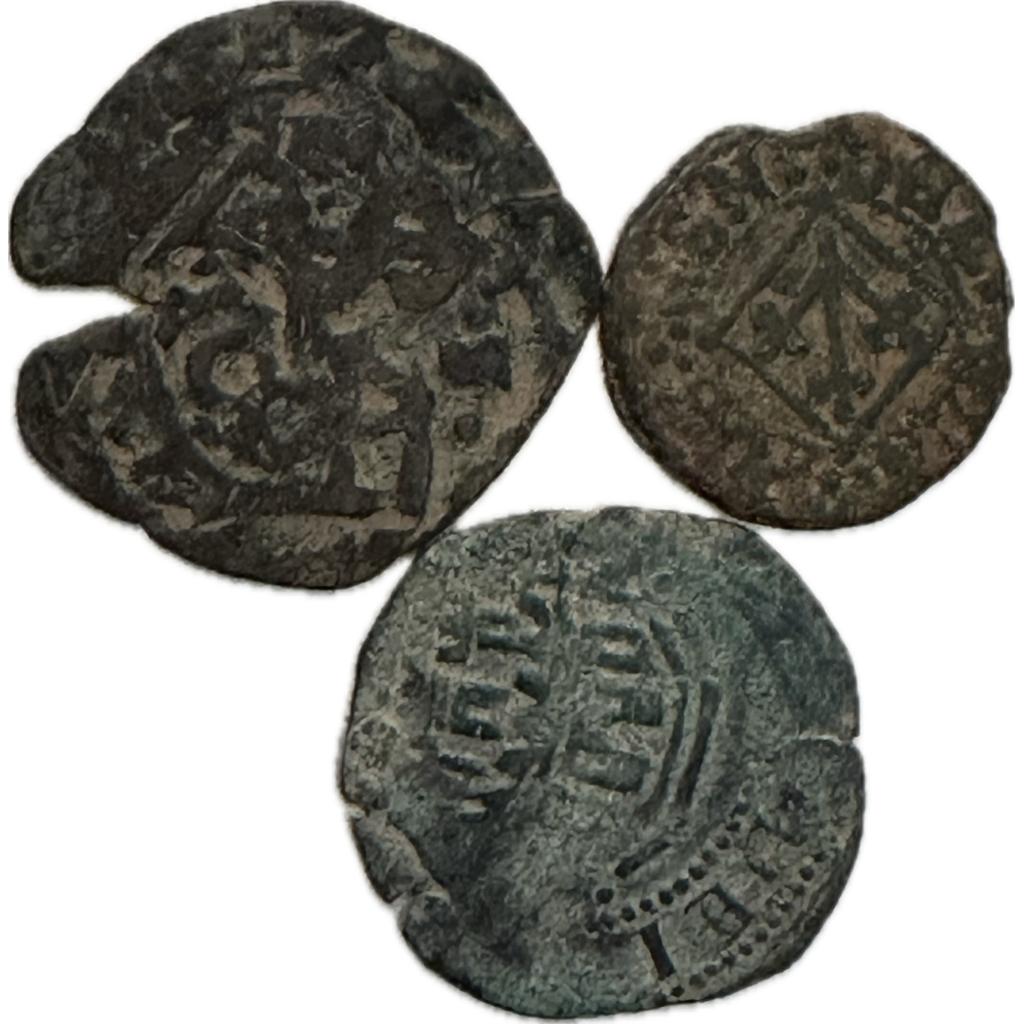
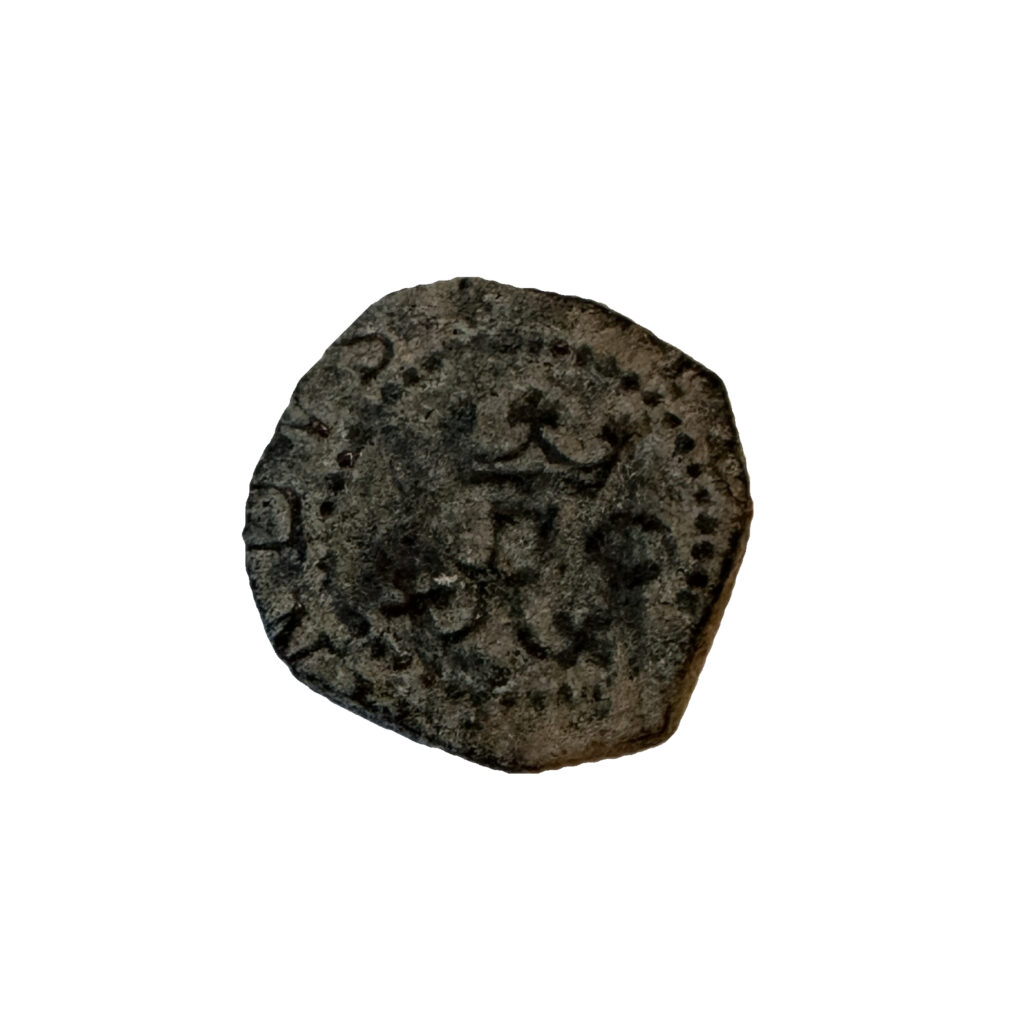
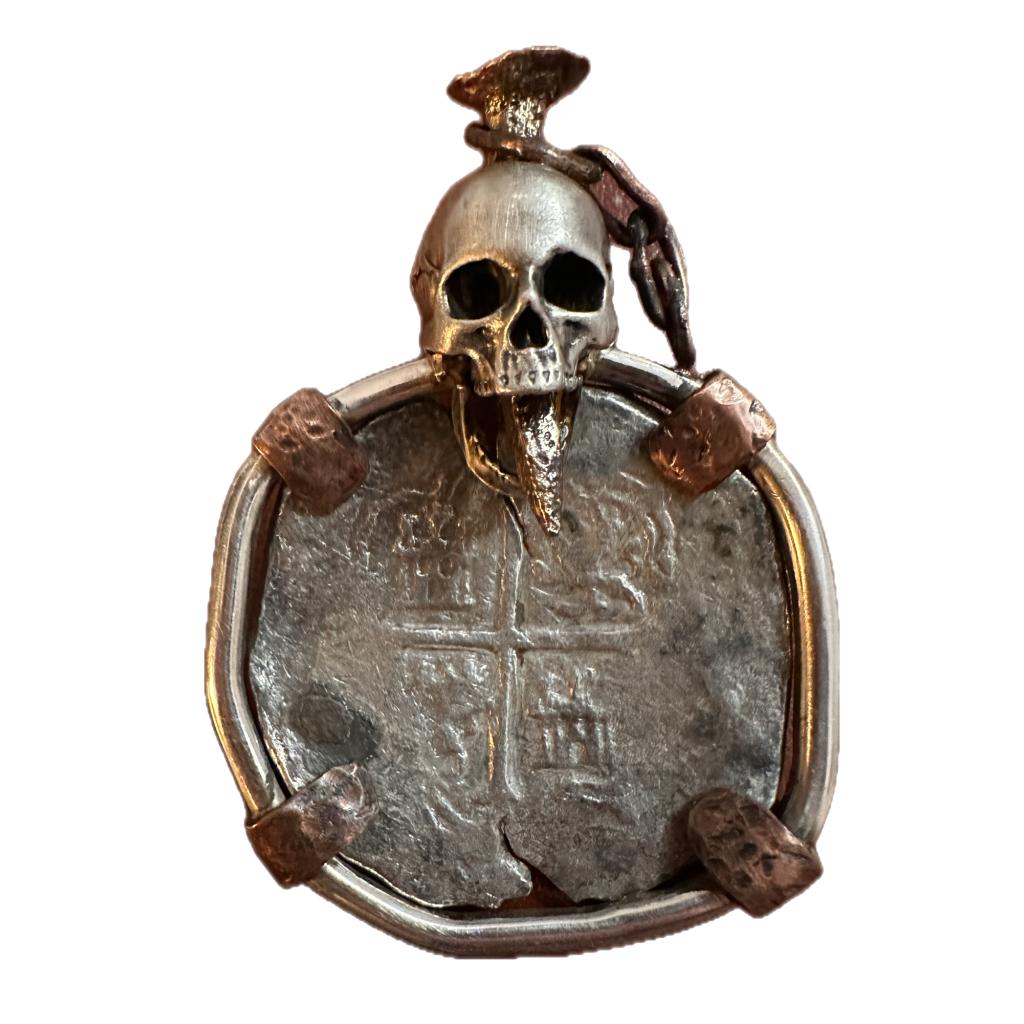
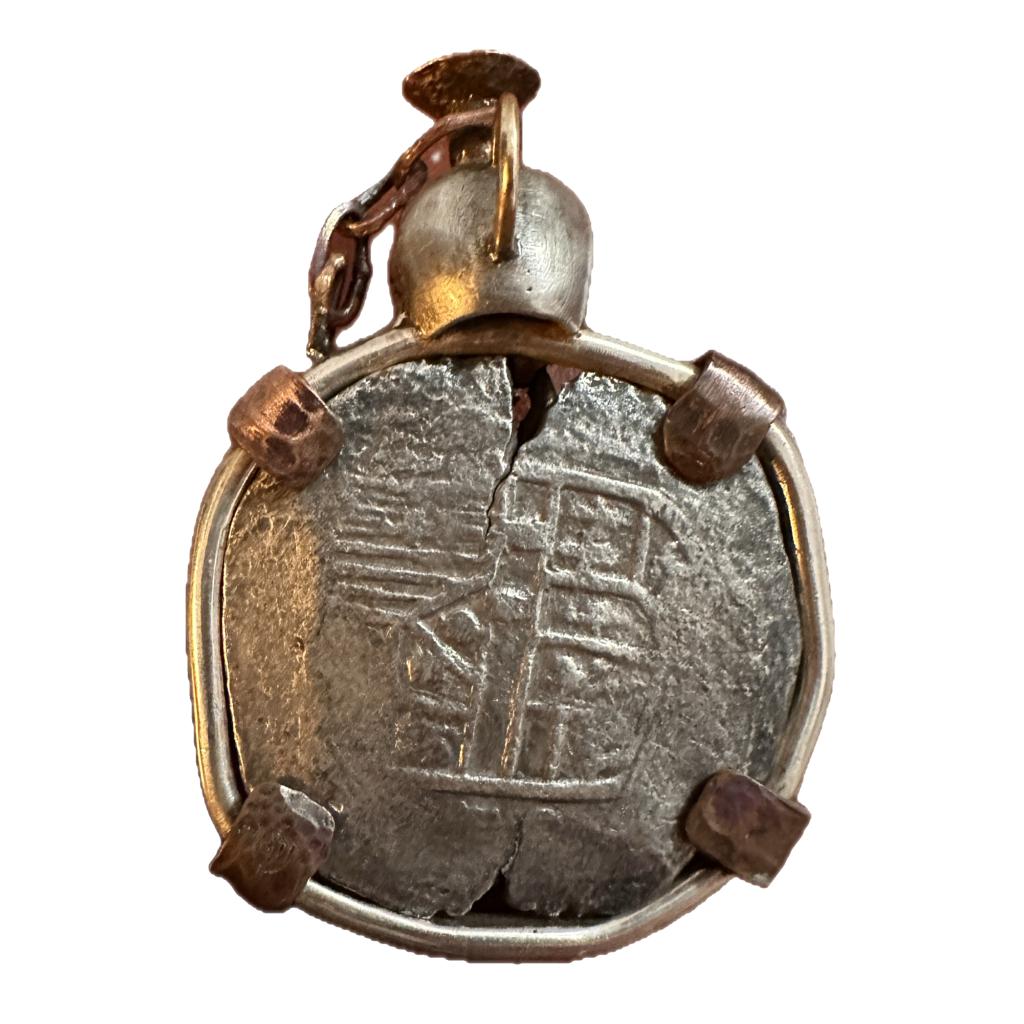
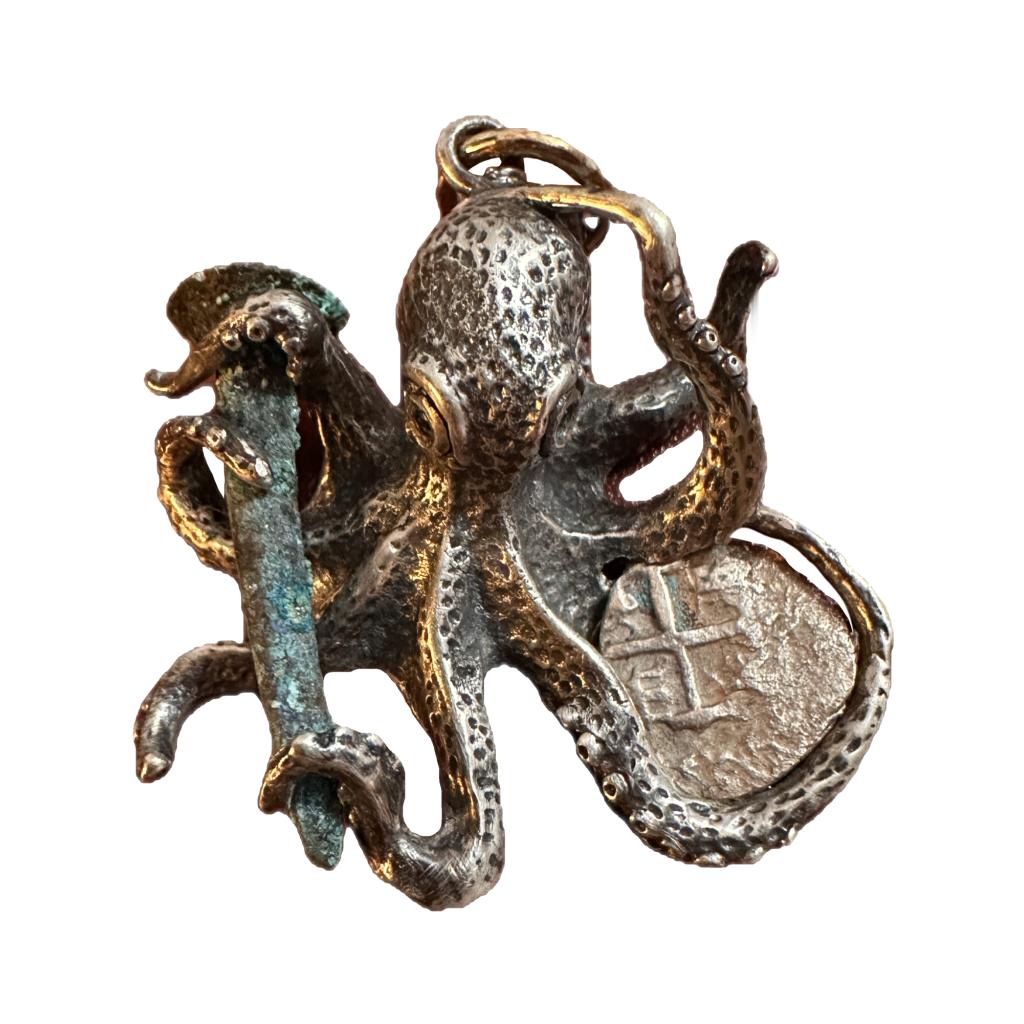
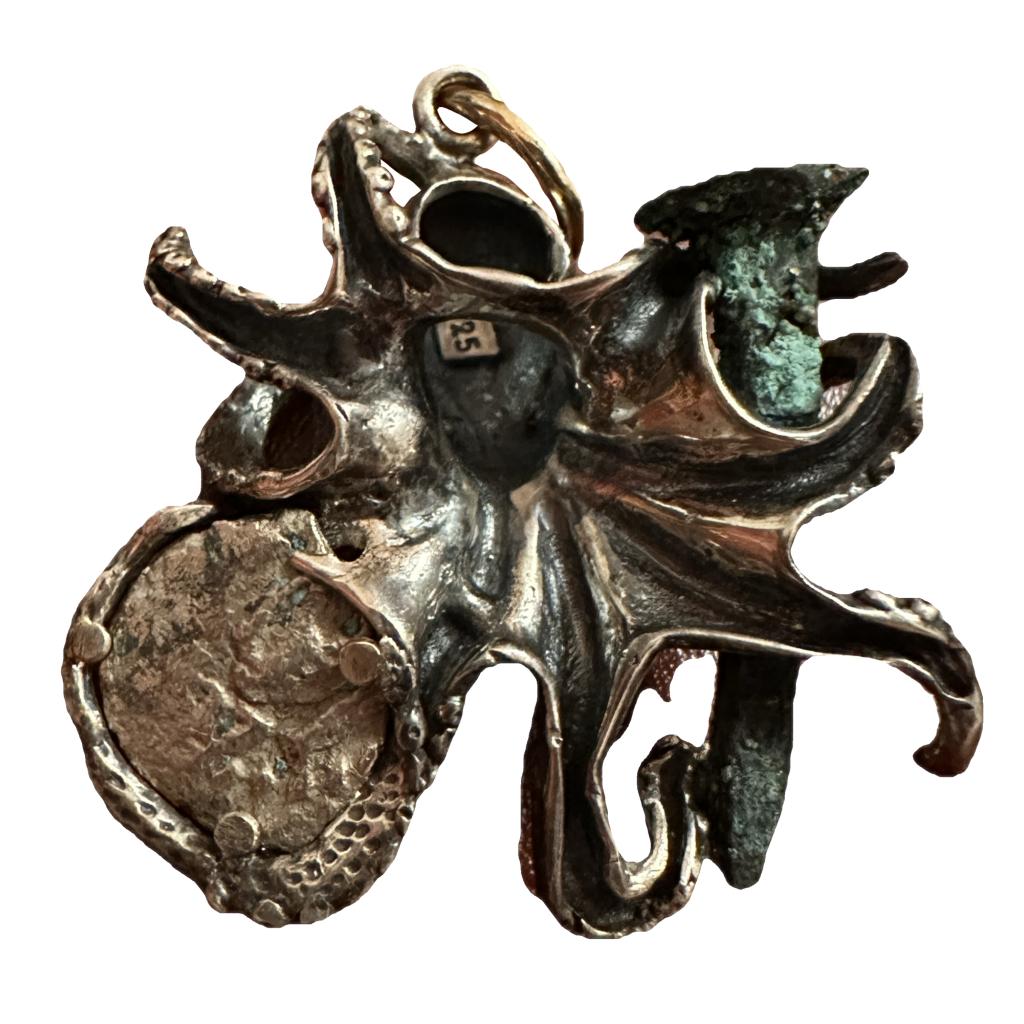
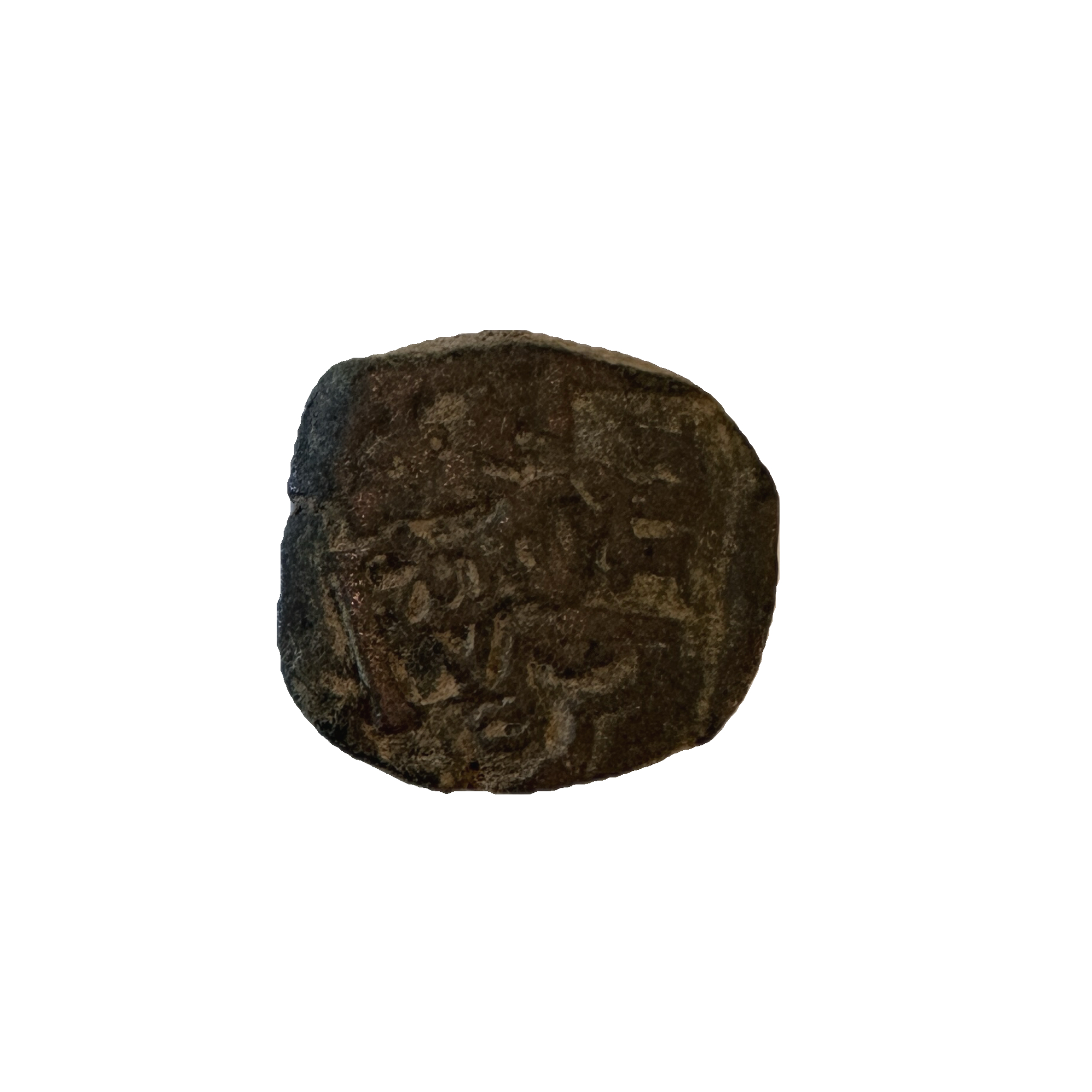
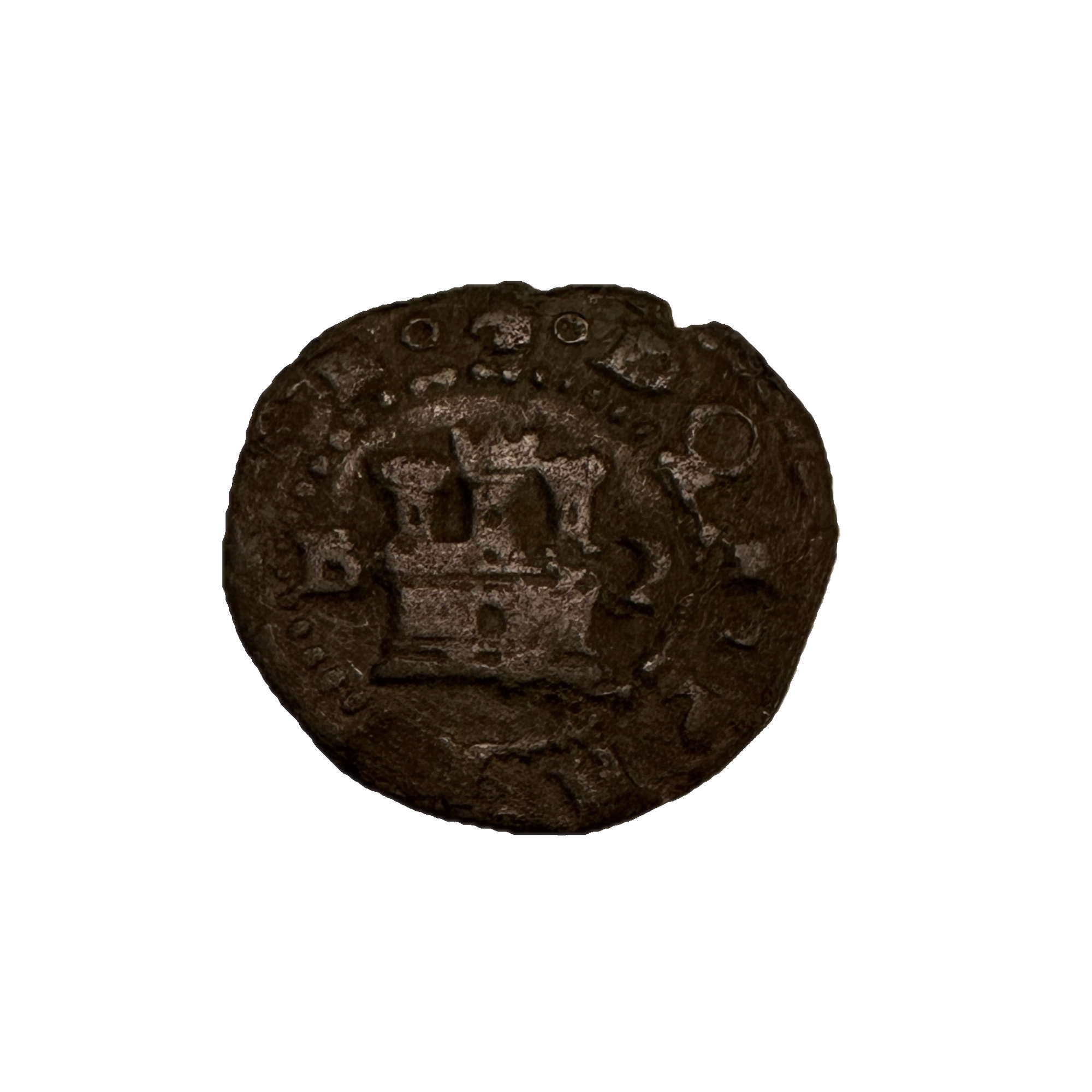
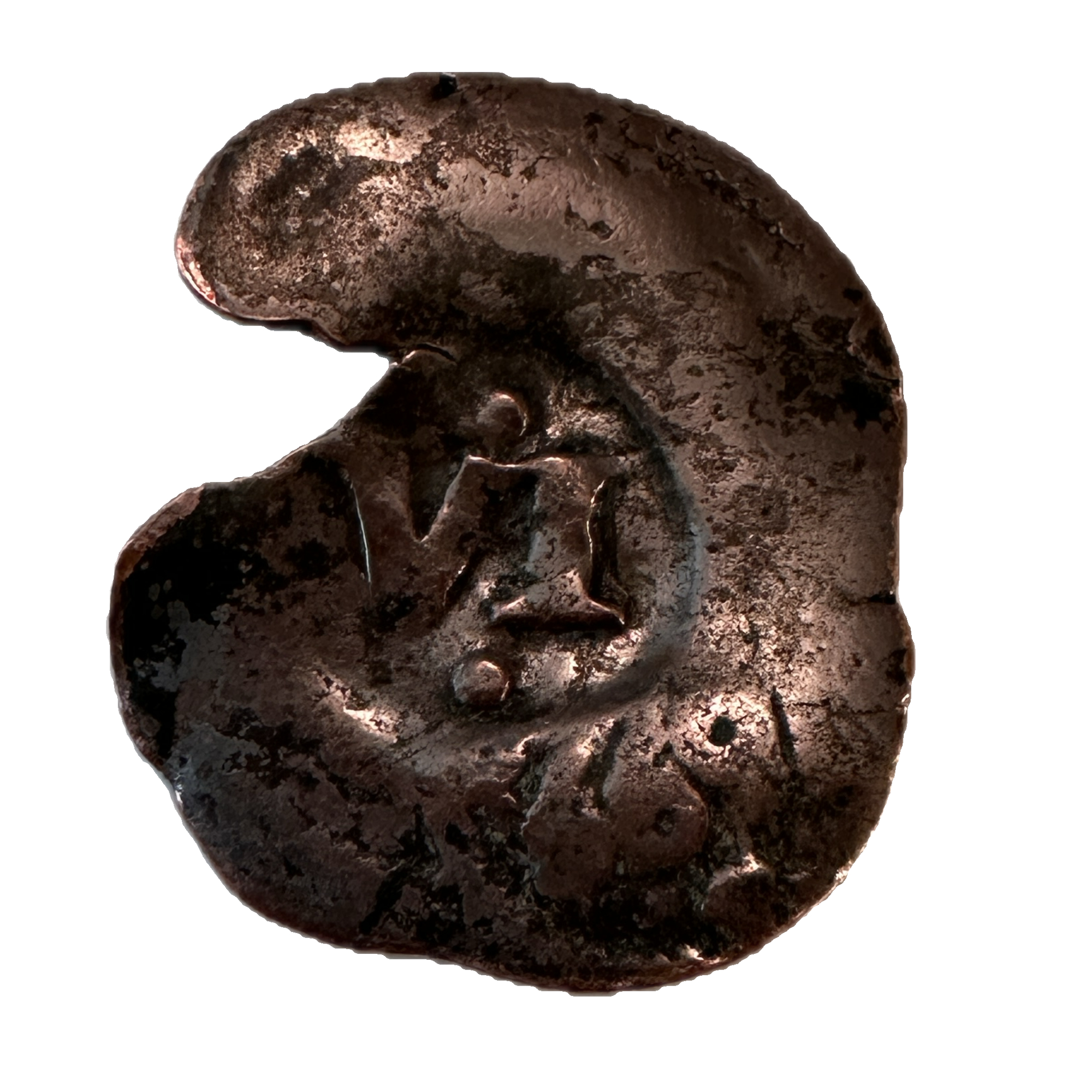
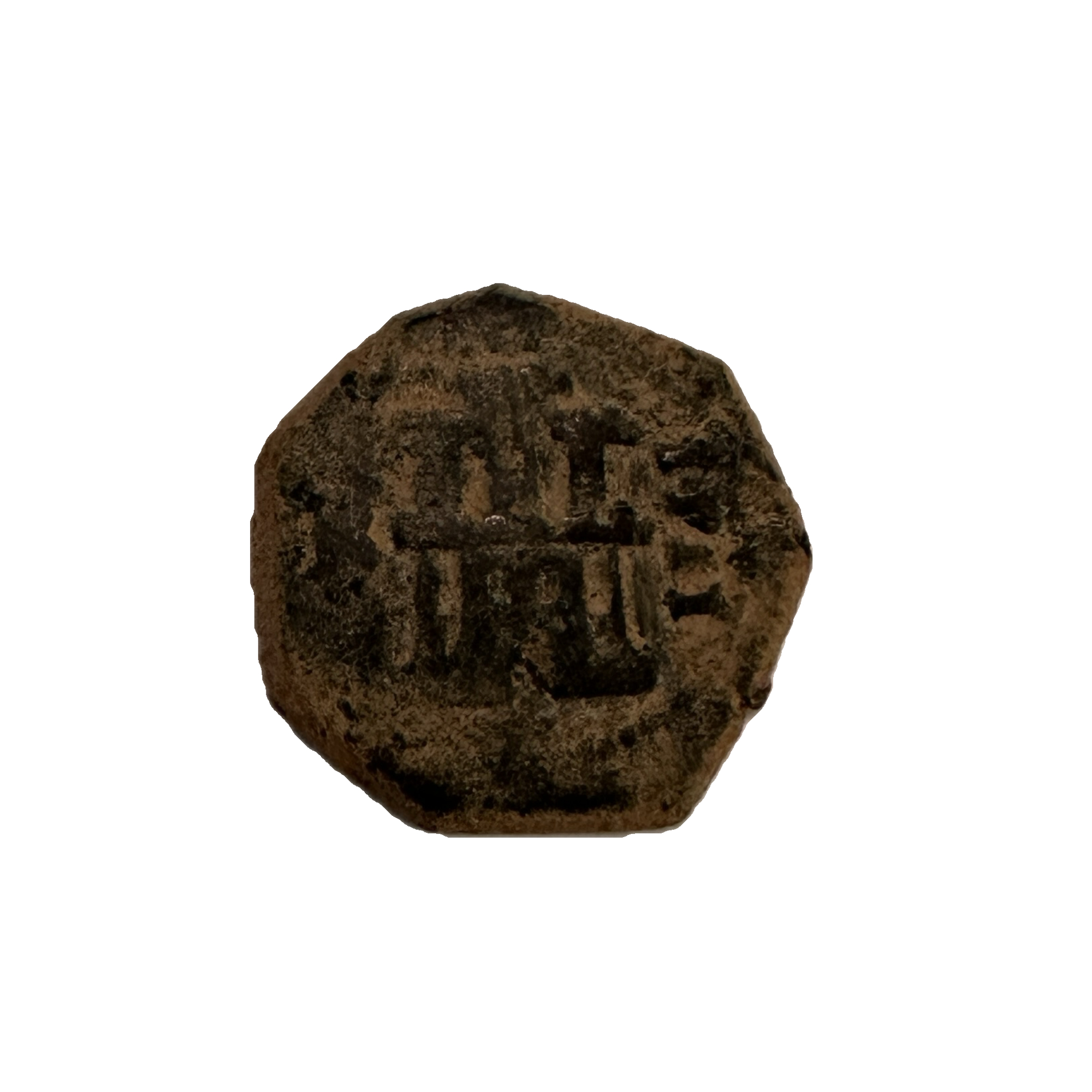
Reviews